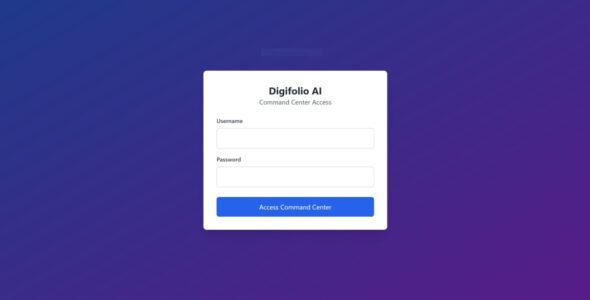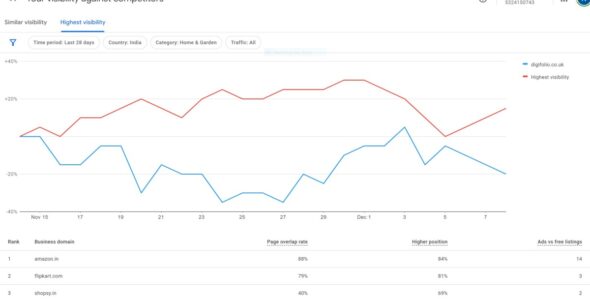Real Estate Data Visualization: Enhancing Client Presentations
In the highly competitive real estate industry, effective client presentations play a crucial role in winning business and closing deals. Data visualization has emerged as a powerful tool to present complex information in a clear and compelling manner. In this article, we will explore the significance of data visualization in real estate, its benefits, and best practices to create impactful client presentations.

1. The Power of Data Visualization:
Data visualization is the graphical representation of information and data. It enables real estate professionals to transform raw data into visually engaging charts, graphs, maps, and infographics. Through data visualization, real estate data becomes easily understandable and accessible to clients, leading to better decision-making and informed choices.
2. Communicating Insights with Clarity:
Real estate data is often voluminous and complex. Data visualization simplifies this complexity by presenting key insights and trends in a visually digestible format. Whether it’s comparing property prices, analyzing market trends, or showcasing investment opportunities, data visualization allows clients to grasp information quickly and intuitively.
3. Enhancing Client Engagement:
Engaging clients is vital during a presentation. Data visualization captures attention, maintains interest, and keeps clients actively engaged throughout the presentation. Visuals such as interactive maps, 3D property renderings, and animated charts create a memorable and immersive experience for clients.
4. Supporting Informed Decision-Making:
Data visualization empowers clients to make data-driven decisions. By presenting market trends, property performance metrics, and investment projections visually, real estate professionals can instill confidence in clients and strengthen their trust in the advice provided.
5. Customizing Visuals for Targeted Messaging:
Tailoring data visualizations to specific client needs and preferences enhances the impact of the presentation. Different clients may have varying priorities and interests. Customized visuals ensure that the information presented aligns with the client’s objectives, making the presentation more persuasive.

6. Best Practices for Effective Data Visualization:
a. Know Your Audience: Understand your client’s background, knowledge level, and preferences to create visuals that resonate with them.
b. Keep it Simple: Avoid cluttering visuals with unnecessary information. Focus on presenting the most relevant data in a clear and concise manner.
c. Choose the Right Visualization Tools: Select appropriate tools and software for creating data visualizations, ensuring they align with the complexity of the data being presented.
d. Incorporate Interactive Elements: Interactive elements, such as clickable charts and maps, encourage client participation and enable them to explore data on their own terms.
e. Use Color Thoughtfully: Use color to highlight key points and create visual hierarchy, but avoid excessive use that may distract from the main message.
Conclusion:
Data visualization has become an indispensable tool for real estate professionals in their client presentations. By transforming complex data into visually compelling graphics, real estate professionals can effectively communicate insights, engage clients, and support data-driven decision-making. Embracing data visualization best practices allows real estate professionals to stand out in a competitive market and build strong client relationships. As the real estate industry continues to evolve, data visualization will remain an essential asset for enhancing client presentations and delivering impactful results.





